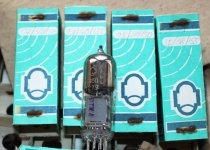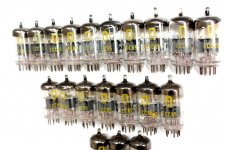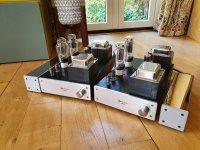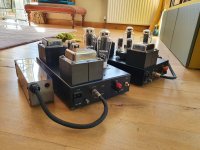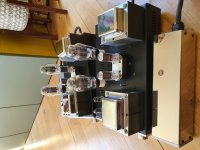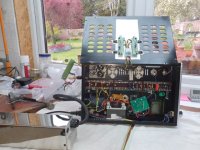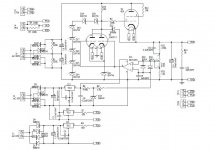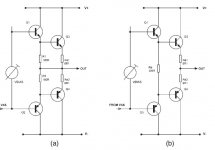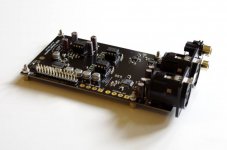I'm deparately seeking comment from you experts so this project can begin NOW! After alot of research, and reading, and input here. I have decided once and for all on topology, and output power.
I should first state that i'm quite green, but have decent build skills, and some general idea how tube amps work. I am not able to design, and trouble shooting without hand holding would be very limited. I have one ST70 New build under my belt.
I have decided on what Eli had suggested. A modified mullard 5-20 LTP type driver with some type of CCS in the tail. Outputs will be 2 KT88's run Ultralinear, and output goal is about 60W. Builds will be constucted on custom mono block chassis. All parts will be new, and of good to better quality. The build should be as simple as possible while still offering quality equal you better than commercial offerings of the same class. Cost is not a concern within reason.
I'm looking at 3 options to get started, and would like the disscussion limited to those option. I'll just confuse myself otherwise.
Option 1
Was created by forum member Zafir 1983 by modifing an existing schematic with input from all the Gurus on this forum. IT meets all the requirement except complexity. I have no idea how to design a first class PS, or pick the transformers. A fully P2P project could be over my head. However, I know you guy's like the Schematic. Wavebourn said it was on of the best for PP he has ever seen! Another issue is that it has not been put on a scope and tested. Also there are no other proven builds for refference. This one sounds very risky for a newby to me Here it is.
404 Not Found
( Anyone willing to help with this one? that would mean a full PS schematic, and recommended Transformer model numbers!)
Option 2
would use a Mark III upgrade board from Diytube, and very loosely follow the rest of the MarkII schematic. . I used this build option with the ST 70, The results were great, and this may be more within my ability. Shannon has created a Modified 5-20 circuit that includes the CCS. The key here is I can use the Comlpete MarkII schematic as a great guide. Repro Trannies are availible, and the power supply could be upgrade, or replaced with a SDS upgrade board. Some here didn't like the driver tube choices (12ua7), but some limited options are availble (12BHt), and even some 6 volt options. This one is very doable for me.
Here's the schematic.
http://www.diytube.com/unidriver/poseidon.pdf
Option 3 would be the same as option 2 except using the Triode Mark III replacement board. This appears to also be a 5-20 type driver? I don't see where a CCS is used on this one but it does seem to have move driver tube options. I can't find a schematic, but here's the info.
Driver Boards for Dynaco Mark II and Mark III
Any comments keeping in mind that my design / electronic skills are limited?























